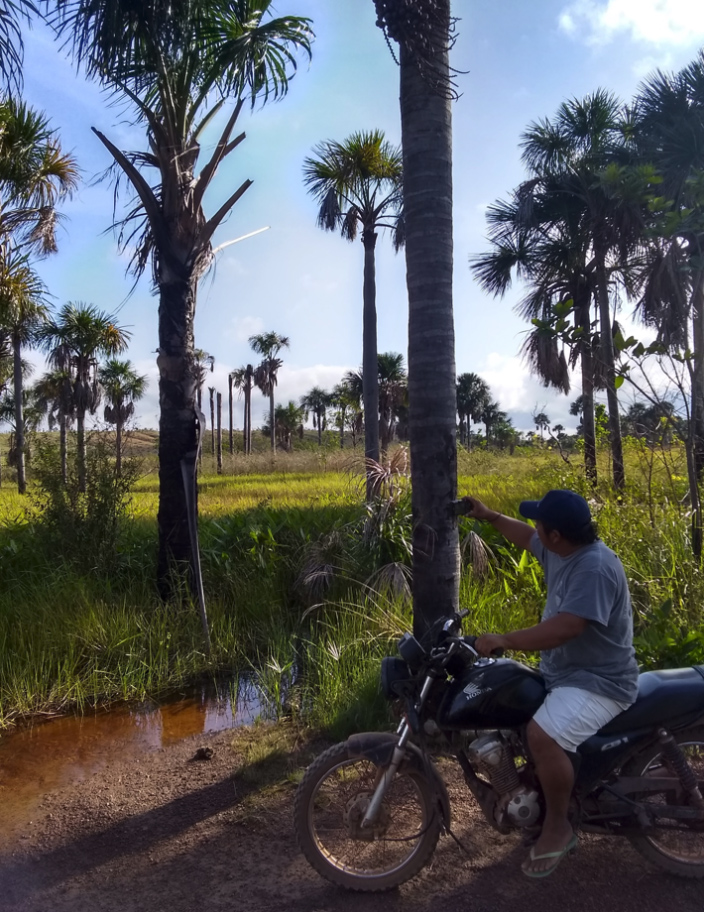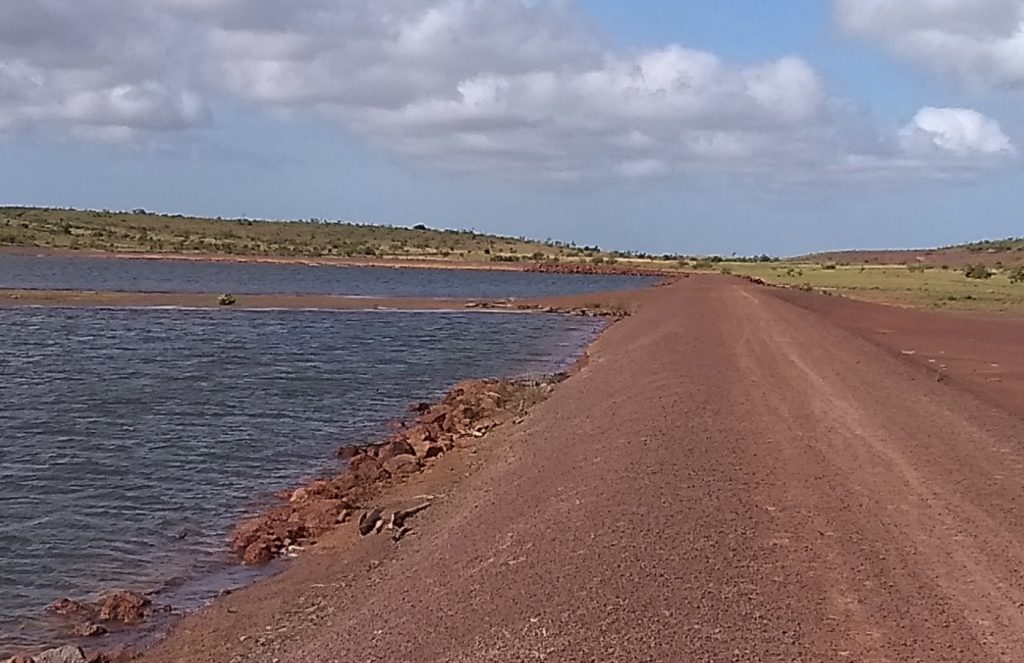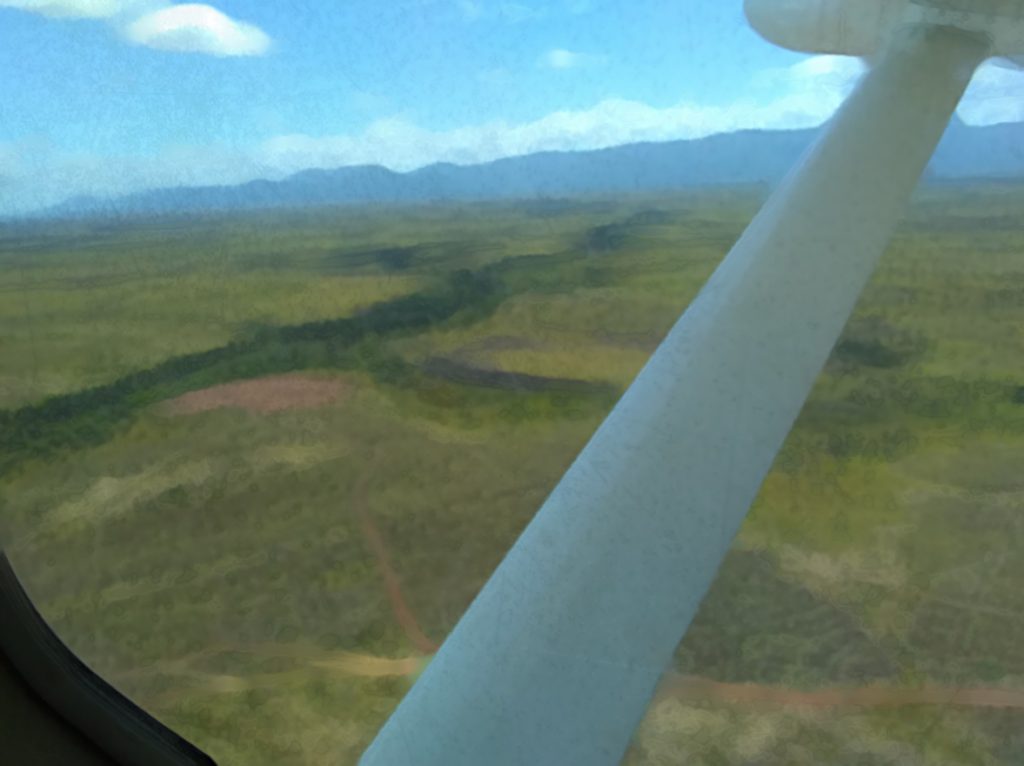Thomas Saleh 2019 Field Report
Thomas Saleh, Masters Student, Department of Geography and Planning, University of Toronto
Project: The Rupunini Savanah, Guyana
The Rupununi is a savannah in the far south of Guyana along the border with Brazil. Most outsiders have never heard of it, even many coastal Guyanese. The Rupununi is predominantly inhabited by the Indigenous Macusi and Wapishana peoples, who hold title to about 30% of the land under Guyana’s “Amerindian Act”.

I would never have been there if I had not been sent as a volunteer with the Peace Corps. When I was a volunteer, my host community’s land title bordered a large new protected area and I was tasked with promoting conservation. What I soon found of course was that the community members are well aware of the problem of habitat loss, but this is only one among many social, economic, and ecological challenges which they have to contend with.
Perhaps the most significant challenge many Indigenous communities of the Rupununi currently face is water access. When a two-year drought hit in 2015-2016 and was followed by a major flood, the government of Guyana set to work funding a number of water management and climate change adaptation programs, the largest of which was the Sustainable Agricultural Development Program (SADP).
During my two years as a volunteer projects for well drilling and a large dam came to the community. Nearby, construction began on a research station – this was to be the operational center for the SADP. These projects were designed for the benefit of the Indigenous communities, so many government officials were dismayed when community leaders drove over 12 hours to Georgetown to protest. It seemed that many decisions that impact the Indigenous inhabitants of the Rupununi are made by individuals on the coast. A postcolonial dynamic might explain some of the communities’ resistance to seemingly benevolent development projects.

While there is no solving this issue, I can at least say that the financial assistance from the CLAG field study award has helped me to cover the costs of some important mitigating measures. Getting meaningful participation from communities required establishing free, prior, and informed consent, and building trust. To that end, rather than simply contacting communities remotely (by mail or radio) to request their written consent to conduct research, I decided to follow-up on my outreach efforts with in-person visits, before asking to conduct any kind of research work.
I was able to use the remaining funds to pay for a voice recorder and GPS which I later donated to local individuals. Lastly, I carried with me a folding flipchart with markers, so that I could explain and illustrate the purpose outcomes of my research at community meetings. This flipchart was also donated to one of the host communities for their own use at the end of my fieldwork.
Preliminary results show that while investment in water infrastructure was welcome, the projects which I was studying were in many ways out of touch with the needs, ambitions, and social realities of the communities which they were intended to benefit. This is chiefly because consultation had not been timely, meaningful, or respectful in most cases. However, I also understood the objectives of the project planners and the constraints they faced. These constraints were in many ways similar to my own, and the added funds which I was able to commit to community outreach, consultation, and compensation, made a substantial difference in the way I was received and the quality of my interactions.
In short, the costs associated with consultation, community compensation, and dissemination of information can be easily overlooked (or underestimated) when budgeting for work with Indigenous communities. However, they are necessary to engaging communities in an equitable and responsible way. The water infrastructure projects which I set out to study all fell short in this regard, and I think this can likely explain many of the projects’ broader problems as well.
Please see the full report for more details.



















